When walking through the northern part of La Valletta, the Maltese capital, few people notice a building in the baroque style located at 33 Marsamxett Street. Neither its location nor its size attracts much attention, but a clearly visible inscription on its façade draws the attention at least of any Catalan passing through this corner of the city on the sea. Written on the lintel of the main door in large bold letters are the words: ‘House of Catalunya’.

The House of Catalunya on Marsamxett Road, Valletta.
There is a reason for the surprising reference to Catalunya or Catalonia on the building that, today, is where the Parliamentary Secretary for EU Funds of the Maltese Government has its main offices. It is, in fact, linked to the history of the smallest country in the European Union: for just over 100 years, this complex of three buildings housed the Knights of the Order of St John of the Priory of Catalonia. More specifically, the Knights were there from its construction (between 1692 and 1694) until the Napoleonic invasion of Malta (1798). Before the construction of the House of Catalunya, the Catalan Knights Hospitaller, together with the Aragonese and Navarrese Knights, were housed in the Auberge d’Aragon, a large palace right next door to it.
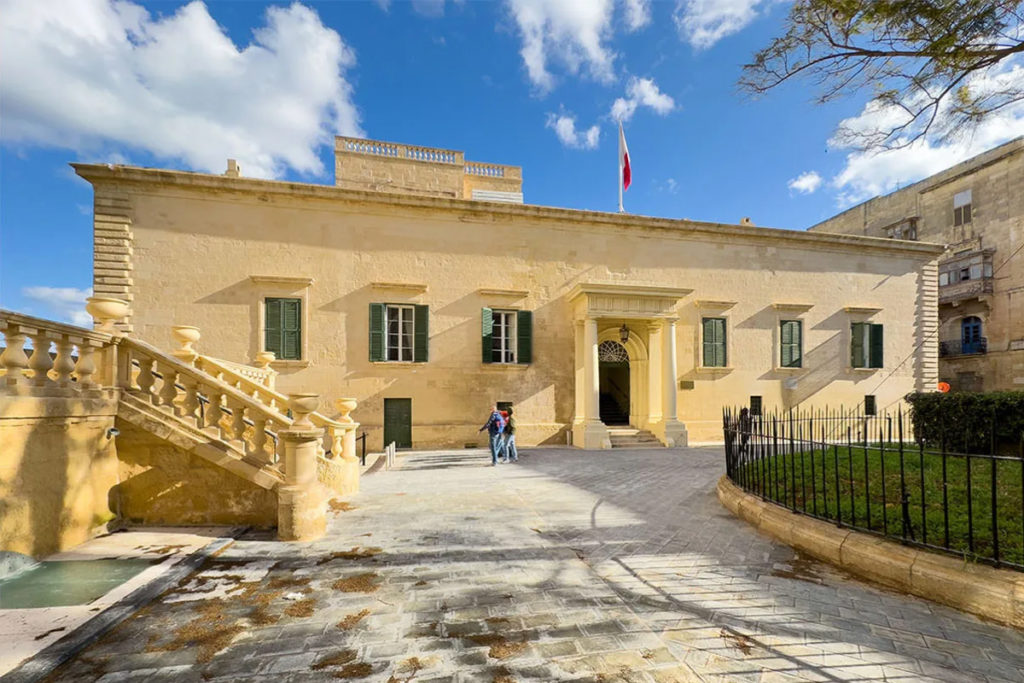
Building of the House intended for the Langue (or Chapter) of Aragon, Catalonia and Navarre began shortly after the foundation of La Valletta itself, in 1556, and was designed by the great Maltese architect and military engineer Girolamo Cassar. In fact, Cassar also designed the Auberges of Auvergne, of Castile, of England and Bavaria, of France, of Italy, of Germany and of Provence, each of which could accommodate knights from all those territories who were passing through Malta temporarily or who were there and did not have a place of their own at which to stay. It must be said that, of all these auberges in La Valletta, the Auberge d’Aragon is the oldest and the only one that has preserved Cassar’s original Mannerist design to the present day.
Following the French occupation of the island at the end of the 18th Century during Napoleon Bonaparte’s Egyptian campaign, the Order of Saint John was expelled yet again and had to leave the island and settled in Rome, where it still has its headquarters and enjoys extraterritorial status. The French period was, however, short-lived, lasting only two years, when Malta became a British protectorate. During the time it came under British rule, the former Auberge d’Aragon was put to all kinds of more or less official purposes: from becoming the headquarters of the printing press (from 1822 to 1824) to being the official address of the Maltese Prime Minister well into the 20th Century, when the colonial authorities granted Malta its independence. But a little earlier, in the middle of the 19th Century, the old palace took on a religious function that temporarily linked it to Gibraltar.
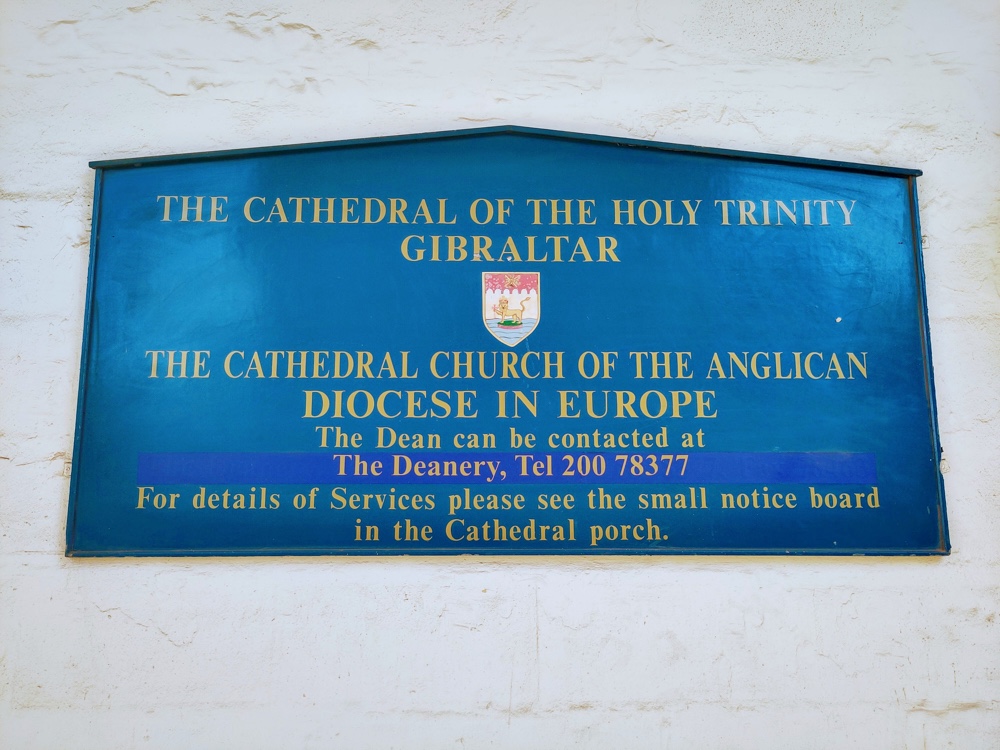
Indeed, in 1842 the Anglican Church decided to create a diocese responsible for the communities of the faithful that stretched from Portugal to the Caspian Sea, as well as a large part of continental Europe. The seat of the diocese, the largest in the Church of England, was established in the brand-new cathedral of the Holy Trinity of Gibraltar, construction of which began in 1825, in a peculiar architectural style with Moorish overtones, apparently with the aim of recalling the Muslim capture of the Rock in 711 AD.

On 24 August 1842, at Westminster Abbey in London, the Englishman George Tomlinson (1794-1863) was appointed the first bishop of the new Anglican diocese with the responsibility at first of serving the congregations of Gibraltar and Malta. But, almost from the start, Tomlinson preferred to spend more time in Malta than in Gibraltar.
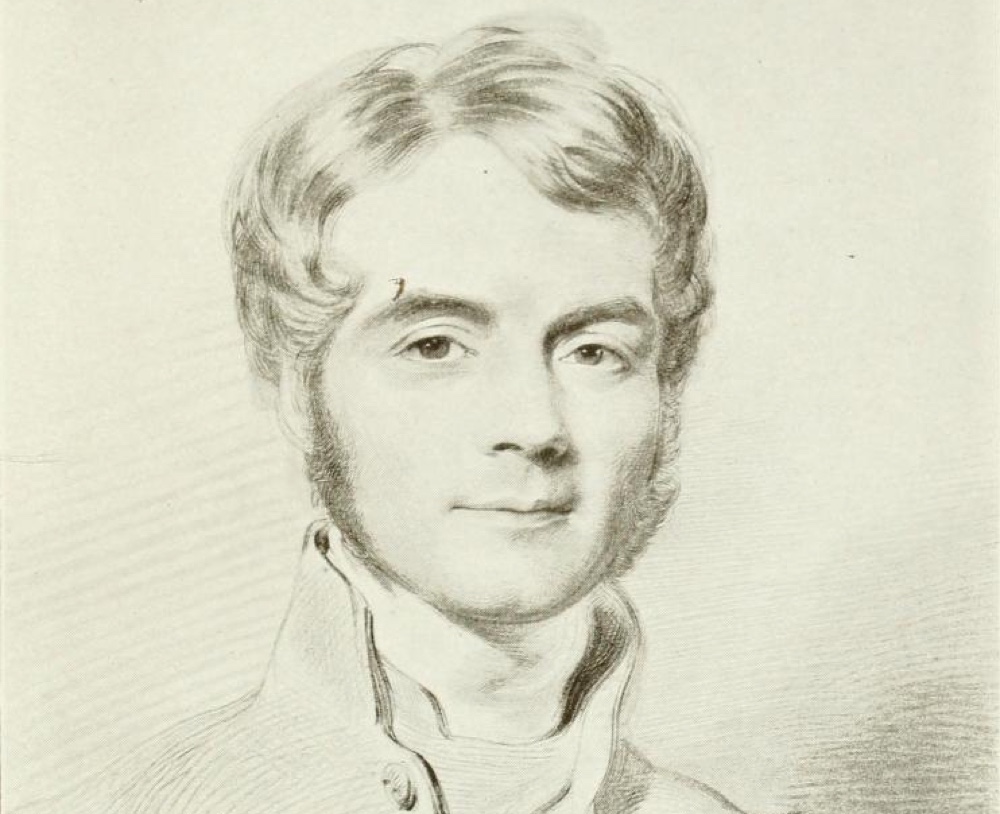
Thus, the new bishop had to find a residence in Valletta and, with the agreement of the British authorities, he chose to rent the former Auberge d’Aragon which automatically became known as ‘Gibraltar House’. It is precisely during this period that the only major architectural alteration seems to have been carried out on the building: the addition of a Doric portico in front of the main door which looks out onto Independence Square. Tomlinson held the post – and kept the residence – until his death on 9 February 1863 in Gibraltar. Inevitably, his preferences in life were respected after his death: he was not buried in the Cathedral of the Holy Trinity in Gibraltar, but in the pro-cathedral in Valletta.
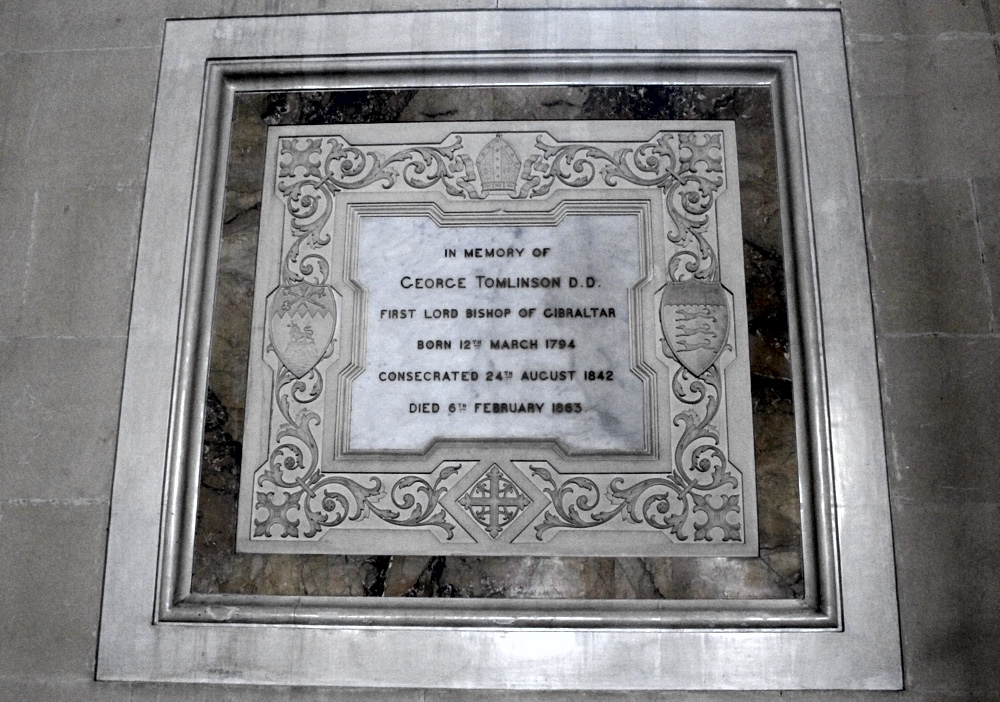
In 1980, the Diocese of Gibraltar merged with the Anglican Jurisdiction of Northern and Central Europe and adopted the name of ‘Diocese in Europe’, with the Cathedral in Gibraltar as its main seat and two pro-cathedrals: that of Saint Paul in Valletta and of the Holy Trinity in Brussels, where the bishop usually resides. Thus, the Anglican congregations and churches of the Catalan Countries, stretching from those of Menorca and Mallorca and Ibiza to those of Vernet-les-Bains (Northern Catalonia,) and Andorra, running through Barcelona and the País Valencià (Valencian Community), all come under the European macro diocese of the Diocese in Europe.
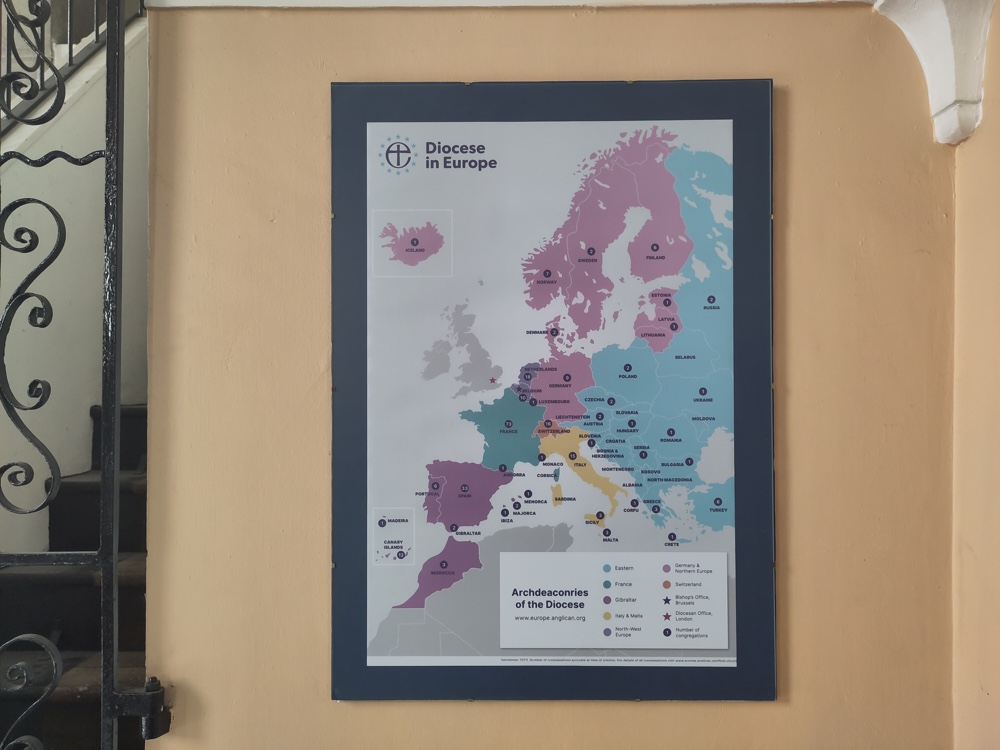
Translated by Brian Porro
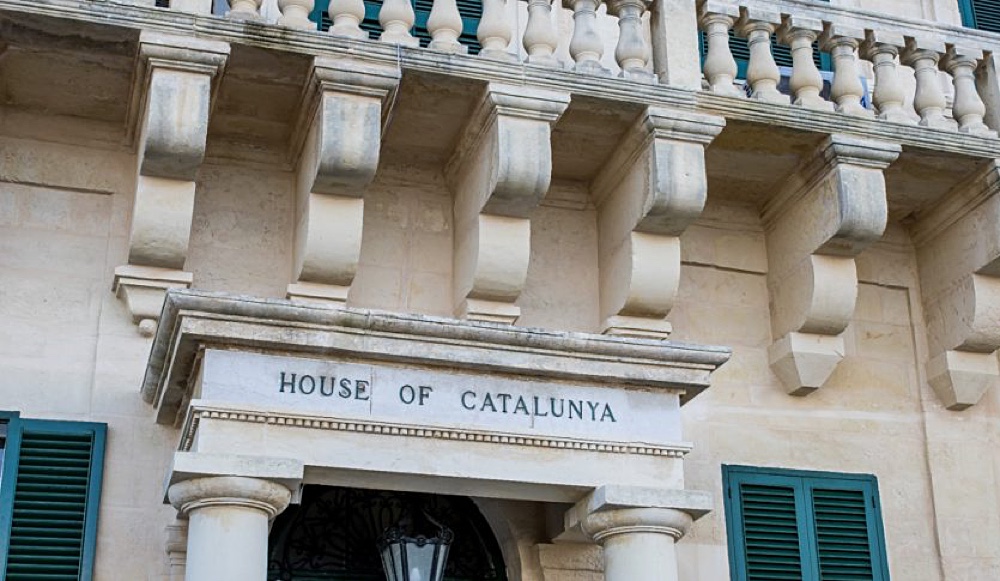
Comments are closed